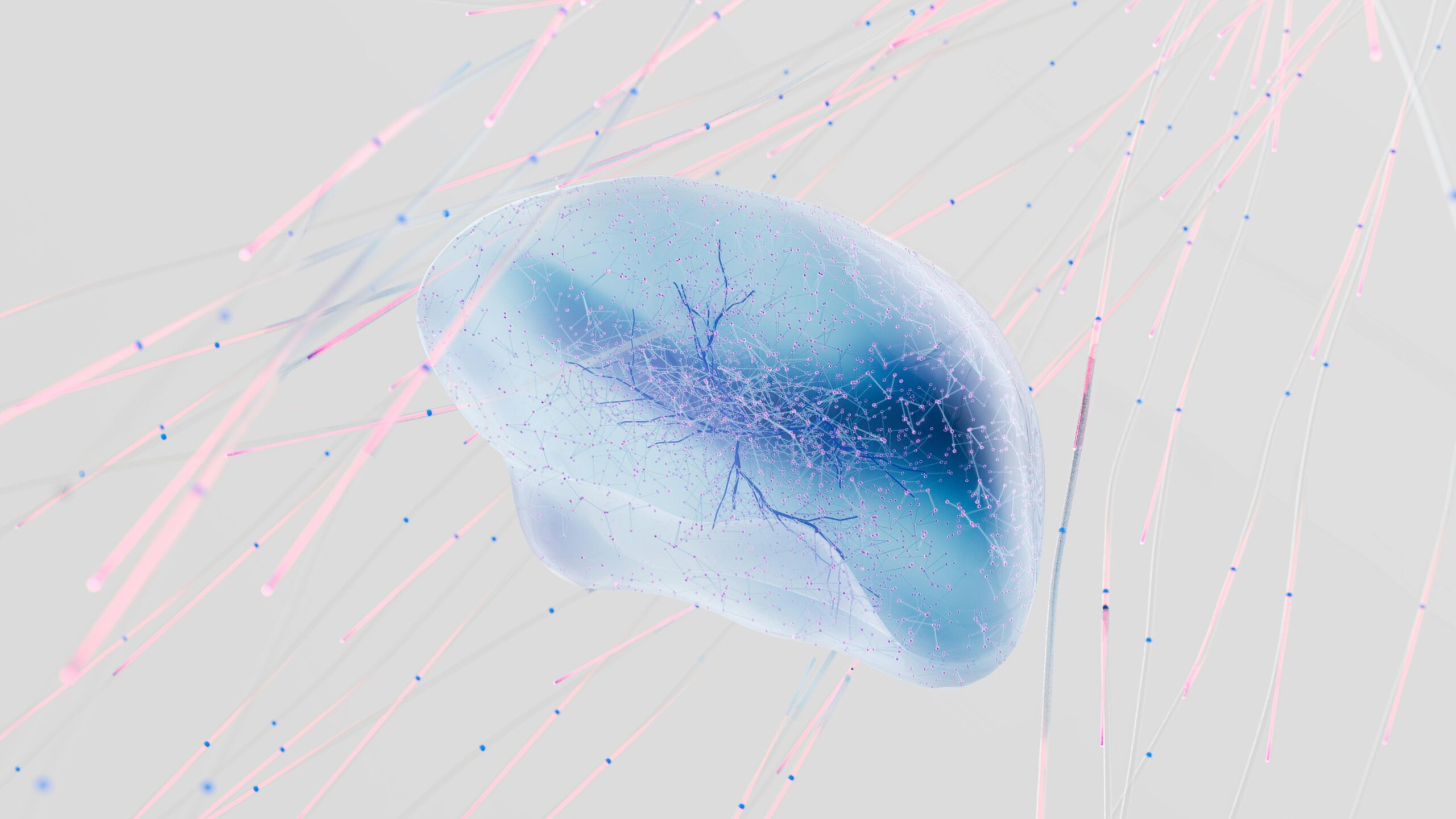Enhancing Dental Record-Keeping with VoiceAI Technology
In modern dental practices, clinical documentation is crucial but often burdensome. The meticulous nature of dental charting and record-keeping requires accuracy, timeliness, and compliance with regulations. However, traditional methods, involving manual entry, are time-consuming and prone to human error, affecting both productivity and patient experience.
Why Traditional Documentation Needs a Makeover
- Time-Consuming Processes: Dentists and hygienists spend too much time typing or handwriting notes rather than focusing on patient care.
- Risk of Errors: Manual documentation increases the chances of incomplete or incorrect patient data, leading to treatment complications.
- Regulatory Challenges: Maintaining proper records for legal and insurance purposes demands meticulous attention and effort.
- Reducing Patient Interaction: Healthcare professionals may face screen fatigue or lose rapport when dividing attention between the computer and the patient.
The Emergence of VoiceAI in Dental Charting
Voice Artificial Intelligence (VoiceAI) is revolutionizing the way clinical documentation happens, providing an effective solution to these traditional challenges. Platforms like Vapi.ai leverage cutting-edge natural language processing (NLP) to understand, transcribe, and organize spoken information into structured dental records.
How VoiceAI Elevates Dental Documentation
- Hands-Free Data Entry: Dentists can dictate examination findings, treatment notes, and patient history effortlessly without breaking sterile procedures or workflow.
- Improved Accuracy: Advanced speech recognition reduces transcription mistakes, ensuring consistent and reliable charting.
- Real-Time Documentation: VoiceAI captures data instantaneously, allowing immediate integration into Electronic Health Records (EHR) systems.
- Enhanced Patient Interaction: With less focus on typing, clinicians can maintain better eye contact and build trust during consultations.
Use Cases in Dental Practices
VoiceAI is not just a futuristic concept but an actionable tool that’s already helping dental professionals in various ways:
- Comprehensive Charting: Documenting tooth conditions, treatments, and notation of anomalies via voice commands.
- Patient History Updates: Quickly recording narratives or changes in medical history during visits.
- Procedure Notes: Capturing detailed surgical or cleaning procedures without manual interruption.
- Insurance and Billing Documentation: Generating accurate codes and descriptions for insurance claims through voice input.
Benefits Beyond Efficiency
Integrating VoiceAI in dental charting unlocks multiple strategic advantages:
- Cost Savings: Decreases clerical labor and reduces reliance on transcription services.
- Compliance: Ensures that documentation meets regulatory standards with time-stamped and verifiable voice logs.
- Accessibility: Voice commands make documentation easier for dentists with mobility or dexterity challenges.
- Data Utilization: Structured voice data can be analyzed for practice insights, quality improvement, and patient outcomes.
Implementing VoiceAI with Vapi.ai
Those looking to embrace voice-powered clinical documentation should consider platforms that specialize in healthcare-grade AI transcription. Vapi.ai offers tailored VoiceAI solutions designed to cater to the periodontal and dental specialties, ensuring:
- HIPAA compliance and data security
- Seamless integration with popular EHR systems
- Customizable vocabularies specific to dental terminology
- High accuracy with context-aware transcription
Conclusion
VoiceAI is set to transform dental clinical documentation by making charting faster, more accurate, and patient-centered. By adopting voice-powered automation through platforms like Vapi.ai, dental practices can elevate operational efficiency, reduce administrative burdens, and ultimately provide better care. As the dental industry continues to innovate, leveraging VoiceAI in record-keeping will become a hallmark of forward-thinking, quality-driven practices.

